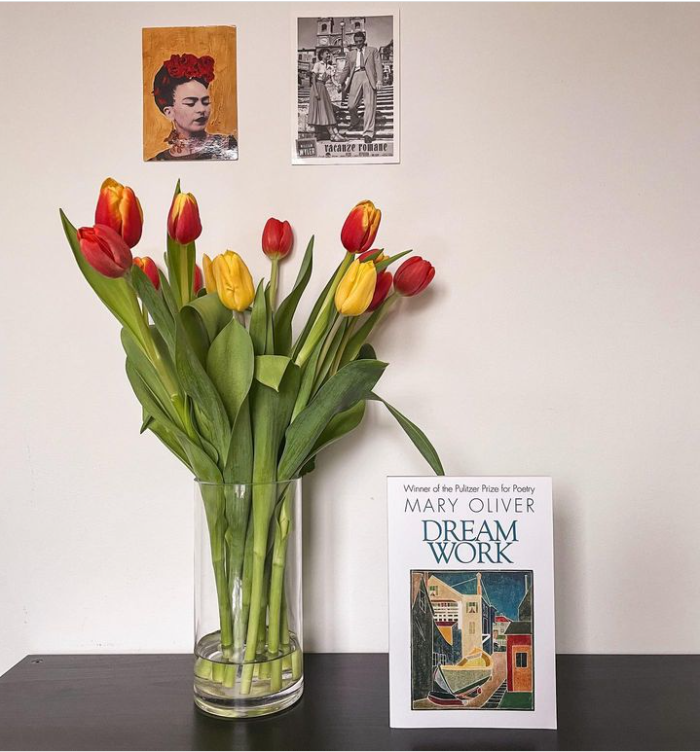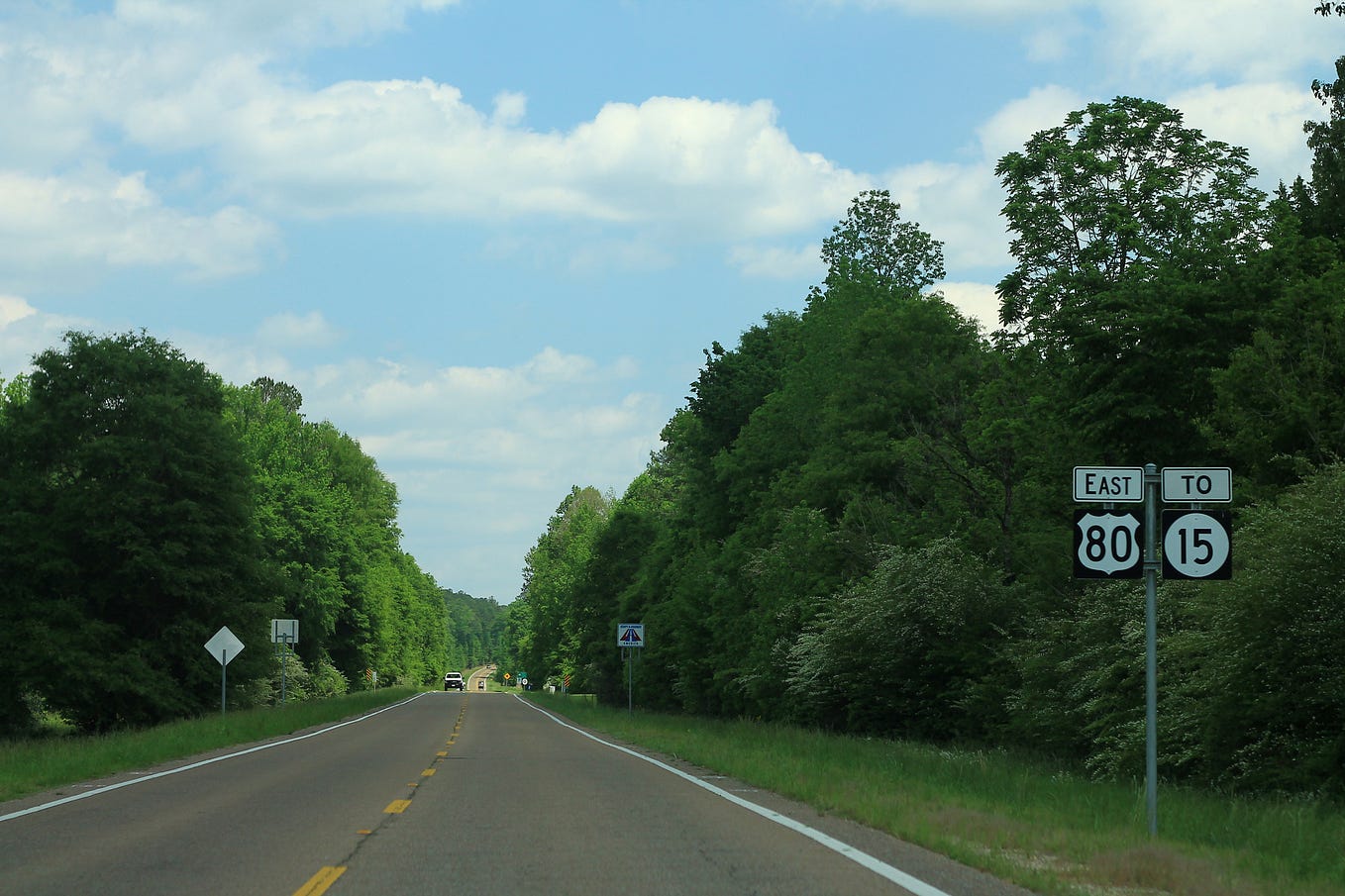I Found Her Out There: A Poem by Thomas Hardy
A look at one of the poems Hardy wrote following the death of his first wife in 1912
The collection entitled “Poems of 1912–13” was written by Thomas Hardy (1840–1928) following the death of his wife Emma (née Gifford) on 27th November 1912. In March 1913 Hardy visited the places in north Cornwall where he had first met and courted Emma in 1870, but “I Found Her Out There”, although clearly written with north Cornwall in mind, was composed in December 1912, only a few days after her death but several months before Hardy’s “pilgrimage”. It is therefore based on Hardy’s memories from more than forty years prior to writing the poem, and it also relies in part on Emma’s written recollections which Hardy found after her death.
The Poem
I found her out there
On a slope few see,
That falls westwardly
To the sharp-edged air,
Where the ocean breaks
On the purple strand,
And the hurricane shakes
The solid land.
I brought her here,
And have laid her to rest
In a noiseless nest
No sea beats near.
She will never be stirred
In her loamy cell
By the waves long heard
And loved so well.
So she does not sleep
By those haunted heights
The Atlantic smites
And the blind gales sweep,
Whence she often would gaze
At Dundagel’s far head,
While the dipping blaze
Dyed her face fire-red;
And would sigh at the tale
Of sunk Lyonnesse,
While a wind-tugged tress
Flapped her cheek like a flail;
Or listen at whiles
With a thought-bound brow
To the murmuring miles
She is far from now.
Yet her shade, maybe,
Will glide underground
Till it catch the sound
Of that western sea
As it swells and sobs
Where she once domiciled,
And joy in its throbs
With the heart of a child.
Discussion
The poem, which has no title other than its opening line, comprises five stanzas, each of eight lines, rhymed ABBACDCD.
The theme of the poem is Hardy’s mixed feelings over having, by marrying Emma, taken her away from the place to which she truly belonged. This regret is magnified by the fact she now lies in a grave only a few miles away from Hardy’s home in Dorchester, Dorset, which is several miles inland from the coast. Perhaps Hardy rather deceived himself by believing that Emma, when young, had been part and parcel of the coast of north Cornwall, and was attached to it by an invisible thread which he was responsible for cutting, given that she had been born and brought up in the city of Plymouth and had only been living near Boscastle for a relatively short time when Hardy “found her out there”, but this fact should not detract from the strength of the poem.
The first stanza sets the scene of the Cornish coast near Boscastle, not far from the church of St Juliot which Hardy had been sent to survey by his architect employer, and the rector of which was married to Emma’s sister. The stanza is purely descriptive after the opening “title line”, mentioning the “slope few see, / That falls westwardly / To the salt-edged air”, the “purple strand” and “the hurricane [that] shakes / The solid land”.
The second stanza begins by contrasting “I found her out there” with “I brought her here”, but Hardy immediately skips the intervening years by devoting the rest of the stanza to the fact that Emma is dead and buried “In a noiseless nest / No sea beats near”. The second half of the stanza repeats and thus emphasizes the first half: “She will never be stirred / In her loamy cell / By the waves long heard / And loved so well”. It would therefore be difficult for somebody coming to this poem for the first time to understand what is going on without some contextual information, as there is nothing to suggest the interval of time.
The third stanza returns to Cornwall and the distant past, with Hardy’s memory of a visit made to Tintagel (a village just three miles south of Boscastle) soon after his arrival, in the company of Emma, her sister and her brother-in-law. The dramatic coastal scenery, aided by the ruins of “King Arthur’s Castle”, and the vista of the setting sun across the sea, were clearly greatly favoured by Emma, whose own words (in her “Recollections”) stated that: “Scarcely any author and his wife could have had a much more romantic meeting”. In the stanza, Hardy mentions “Dundagel’s famed head” (he was renowned for using archaic and invented names for real places) and he was obviously struck by the image of the red sun reflecting on Emma’s face (“… the dipping blaze / Dyed her face fire-red”). This was also a memory sparked by Emma’s notes, in this case of “gorgeous sunsettings, sparkling redness in a track widening from the horizon to the shore”.
The fourth stanza concentrates on Emma listening, firstly to the stories he told her about the legends of King Arthur and the fabled land of Lyonesse that was thought to have stretched from Cornwall to the Scilly Isles before sinking beneath the waves, and then, “With a thought-bound brow / To the murmuring miles”. However, the stanza ends by returning to the poem’s theme of Hardy’s “crime” by stating that this is a sea “She is far from now”.
The final stanza fantasizes that Emma’s “shade” might be able to reconnect with the scenes of her youth by “creep[ing] underground / Till it catch the sound / Of that western sea”. The idea that a spirit might find a subterranean route in order to hear a distant sea might strike the reader as a somewhat odd concept, but it could be a reference to the “waters under the earth” that are mentioned at several places in the Old Testament (e.g. in Exodus chapter 20, as part of the Ten Commandments) as if the continents were floating on the oceans. Hardy’s religious views were far from orthodox, but he was well acquainted with the Bible and the assumptions of its writers.
The final couplet refers to the joy of Emma’s shade should it be able to make the connection and that it would do so “with the heart of a child”. Hardy made his name firstly as a novelist, one of his first novels being “A Pair of Blue Eyes”, published in 1873. The heroine of that novel, Elfride, is widely believed to be based on Emma Gifford, and it is notable that Elfride’s character is pictured as being emotionally naïve and childlike. One of the other characters describes her as being “childishly full of life and spirits”, and it is not hard to see how Emma fitted this bill. Although Emma and Hardy were about the same age, which was 29 and 30 respectively when they first met, Emma came to trust Hardy with a childlike simplicity, and she retained many such characteristics throughout her life.
Hardy’s concern, expressed in this poem, is that by taking Emma away from Cornwall he had robbed her of the joy and vitality that had first attracted her to him. As mentioned above, Emma never completely “grew up”, and her naivety in several respects caused ructions in the marriage in later years. Hardy seems to have fallen in love with the attractive features of childhood, as seen in Emma, but these were the ones that did not transfer with their owner when she was taken away from the environment in which they had flourished. It is sometimes said of people that you can take person X away from place Y but you cannot take Y away from X. In “I Found Her Out There”, Hardy is saying that this is not necessarily true in every case, and Emma was such a case.
For other similar pieces, see my List:
For my Twitter feed of links to other pieces, and quotes, follow @welfordwrites
*************************************************************
Follow this link to join Medium, where you can read many more pieces by me and other members, if you have not already done so!
If you do, please be aware that a portion of your (very low!) membership fee will go to me.






